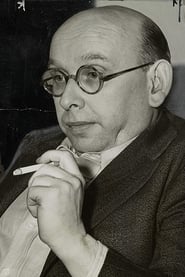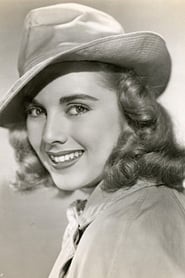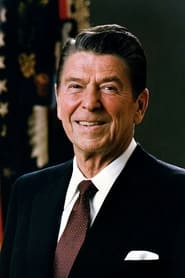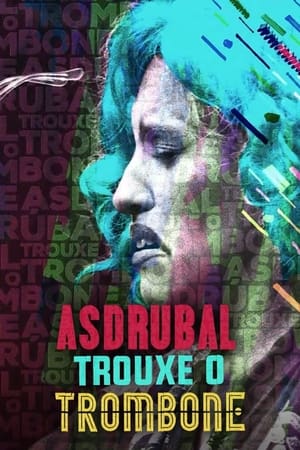
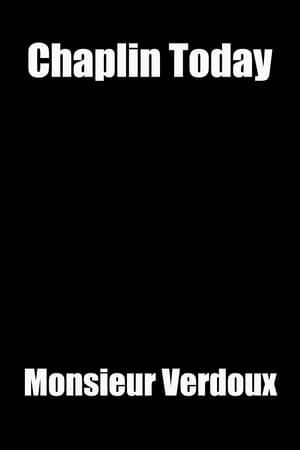
Chaplin Today: 'Monsieur Verdoux'(2003)
A short documentary in the Chaplin Today series about Chaplin's "Monsieur Verdoux." Includes an interview with Claude Chabrol, whose 1963 film "Landru" concerns the same serial killer that inspired Chaplin's film.


Movie: Chaplin Today: 'Monsieur Verdoux'
Top 8 Billed Cast
Self (archive footage)

Chaplin Today: 'Monsieur Verdoux'
HomePage
Overview
A short documentary in the Chaplin Today series about Chaplin's "Monsieur Verdoux." Includes an interview with Claude Chabrol, whose 1963 film "Landru" concerns the same serial killer that inspired Chaplin's film.
Release Date
2003-09-22
Average
5.6
Rating:
2.8 startsTagline
Genres
Languages:
EnglishFrançaisKeywords
Recommendations Movies
 4.8
4.8Chaplin Today: 'Limelight'(en)
A short documentary about the making of Chaplin's "Limelight."
 6.0
6.0Chaplin Today: 'A King in New York'(en)
An examination of Charles Chaplin's final starring film.
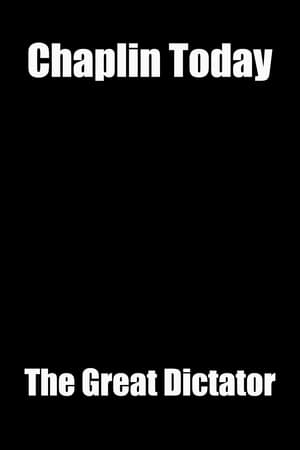 6.4
6.4Chaplin Today: 'The Great Dictator'(en)
A short documentary about the making of "The Great Dictator."
 6.8
6.8Naruto the Movie: Legend of the Stone of Gelel(ja)
Naruto, Shikamaru, and Sakura are executing their mission of delivering a lost pet to a certain village. However, right in the midst of things, troops led by the mysterious knight, Temujin, attack them. In the violent battle, the three become separated. Temujin challenges Naruto to a fight and at the end of the fierce battle, both fall together from a high cliff...
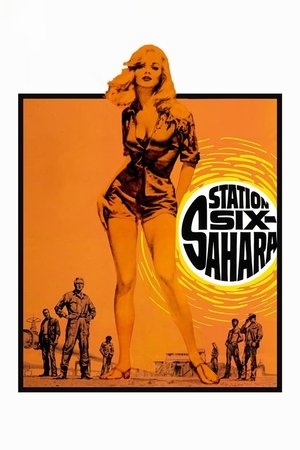 5.9
5.9Station Six-Sahara(en)
A beautiful blonde joins a small group of men running an oil station in the Sahara Desert and starts the emotions soaring.
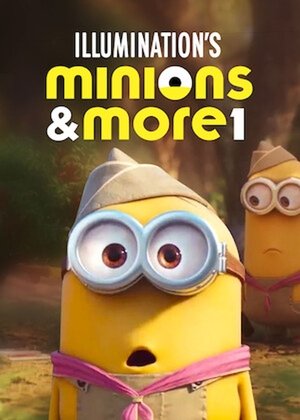 7.0
7.0Minions & More Volume 1(en)
This collection of 10 short films produced by Illumination includes: From the "Despicable Me" franchise: Puppy (2013); Minion Scouts (2019); Training Wheels (2013); The Secret Life of Kyle (2017); Santa's Little Helpers (2019). From the "Grinch" franchise: The Dog Days of Winter (2019). From the "Secret Life of Pets" franchise: Norman Television (2016); Weenie (2016). From the "Sing" franchise: Love at First Sight (2017). From the "Lorax" franchise: Forces of Nature (2012).
 7.7
7.7GCW Fight Club(en)
GCW presents Fight Club straight from the Showboat Hotel in Atlantic City, NJ! The event features the GCW World Championship match where Mox defends against Gage in a match that we have been waiting for during the last decade. Who will be the new GCW World Champion?
 7.0
7.0Tarek's Situation(ar)
Tarek is a young man who is working at a telecommunications company,and he fell in love with a girl when he heard her voice in a radio talk show. A customer of the company he works at asks him to spy on a girl which stole a valuable thing from him. When Tarek does his searches, he discovers that she is the girl he have dreamed about.
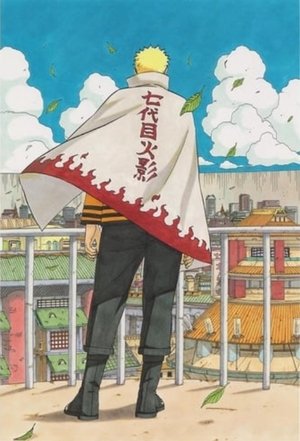 7.4
7.4Naruto OVA 12: The Day Naruto Became Hokage(ja)
Depicts the day that Naruto Uzumaki became the 7th Hokage.
 6.6
6.6Star Wars: Episode II - Attack of the Clones(en)
Following an assassination attempt on Senator Padmé Amidala, Jedi Knights Anakin Skywalker and Obi-Wan Kenobi investigate a mysterious plot that could change the galaxy forever.
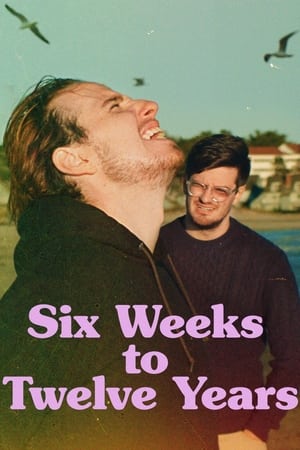 6.1
6.1Six Weeks to Twelve Years(en)
After the death of their abusive father, two estranged twin brothers must reunite and sell off his property.
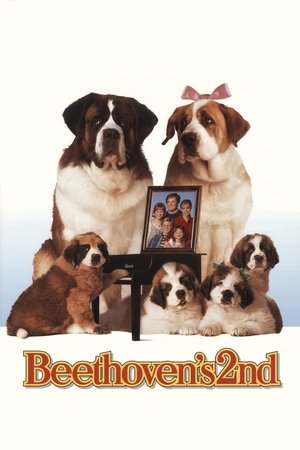 5.5
5.5Beethoven's 2nd(en)
Beethoven is back -- and this time, he has a whole brood with him now that he's met his canine match, Missy, and fathered a family. The only problem is that Missy's owner, Regina, wants to sell the puppies and tear the clan apart. It's up to Beethoven and the Newton kids to save the day and keep everyone together.
 7.1
7.1Groot's Pursuit(en)
Groot investigates a spooky noise that’s been haunting the Quadrant, which leads to an intense dance off.
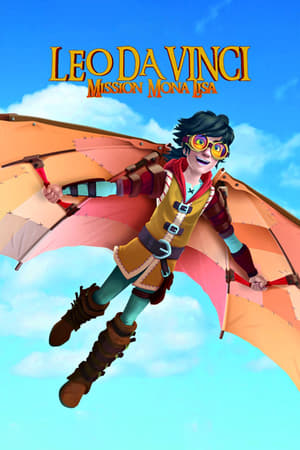 5.8
5.8Leo Da Vinci: Mission Mona Lisa(it)
Life flows peacefully in Vinci: Leonardo is struggling with his incredible inventions, Lorenzo helps him and Gioconda observes them mockingly. When A mysterious storyteller comes to town and speaks of a hidden treasure, an adventure begins.
 5.3
5.3Neuilly sa mère, sa mère !(fr)
In 2008, Sami Benboudaoud discovered the hell of Neuilly-sur-Seine. Ten years later, now that everything is for the best for Sami who brilliantly completes his studies of political science, nothing will go for his cousin Charles of Chazelle.
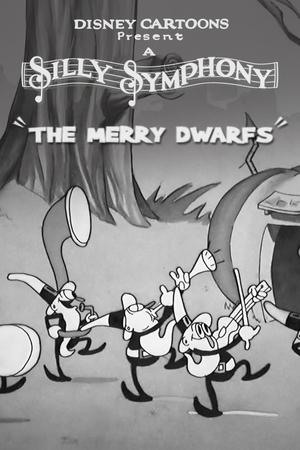 5.0
5.0The Merry Dwarfs(en)
A village of dwarfs dance and play through their day. A blacksmith shoes a centipede, a street-cleaner sweeps, a marching-band strikes up and the townsmen roll out beer barrels.
 6.2
6.2Attack on Titan II: End of the World(ja)
Eren Yeager leaves to restore a break in the wall destroyed by a Titan. He comes under attack by the Titans and is cornered. Shikishima comes to his aid. The titans never stops attacking. Eren is now injured and tries to protect Armin, but is swallowed by a titan. A Titan with black hair appears and begins to expel the other titans.
 6.7
6.7Dragon Ball Z: Broly - Second Coming(ja)
A Saiyan Space pod crash-lands on Earth out of which a wounded Saiyan crawls: Broly, the Legendary Super Saiyan. The wounded Broly shouts out in frustration and turns into normal form. The place soon freezes, trapping him in it and he falls into a coma.
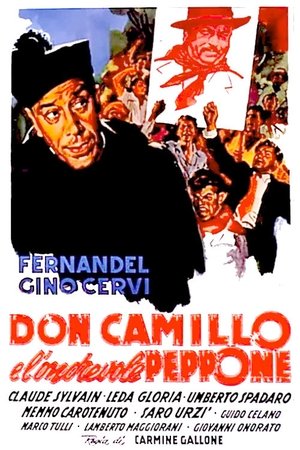 7.2
7.2Don Camillo's Last Round(it)
Bewildered, Don Camillo learns that Peppone intends to stand for parliament. Determined to thwart his ambitions, the good priest, ignoring the recommendations of the Lord, decides to campaign against him.
Similar Movies
 6.7
6.7Workers Leaving the Lumière Factory(fr)
Working men and women leave through the main gate of the Lumière factory in Lyon, France. Filmed on 22 March 1895, it is often referred to as the first real motion picture ever made, although Louis Le Prince's 1888 Roundhay Garden Scene pre-dated it by seven years. Three separate versions of this film exist, which differ from one another in numerous ways. The first version features a carriage drawn by one horse, while in the second version the carriage is drawn by two horses, and there is no carriage at all in the third version. The clothing style is also different between the three versions, demonstrating the different seasons in which each was filmed. This film was made in the 35 mm format with an aspect ratio of 1.33:1, and at a speed of 16 frames per second. At that rate, the 17 meters of film length provided a duration of 46 seconds, holding a total of 800 frames.
Obituary of a Beast(de)
Between 1962 and 1966, sex murderer Jurgen Bartsch cruelly tortured and killed four children in an old air raid bunker in Germany. This documentary examines the personality of the killer who died in 1976 during voluntary castration surgery at the age of 30. Vilified by the press for his heinous crime, Bartsch also became a case study for famous found criminal psychologists like Alice Miller (who maintains that no one abuses without being abused as a child, and murderers tend to have their own childhood abuse denied by the adults around them). Bartsch never met his birth parents, he was raised in a clinic and later adopted by a cold, unaffectionate couple. By the age of 15, he tortured and killed his first child victim. This informative, fact-filled documentary provides enough details for viewers to come away with a broader understanding of the nature of the criminally insane and society's role in their formation.
 0.0
0.0Afro Promo(en)
Co-curated by Jenni Olson and the late Black gay activist Karl Knapper, this entertaining showcase of vintage movie trailers traces the evolution of African American cinema through its most crucial period, 1952-1976. Filled with insights on race and social dynamics, this fascinating compendium of coming attractions explores an extensive range of stylistic approaches—Blaxploitation, Comedy, Music Bio, Plantation Drama and more—offering an outrageous joyride through motion picture history. Beyond mere camp, these marvelously condensed gems crystallize a range of African American identities and personalities, tracking the meteoric careers of Sidney Poitier, James Earl Jones, Billy Dee Williams, Richard Pryor, Pam Grier and others through their bold performances in movies both hugely popular and practically forgotten. Afro Promo provides a compact glimpse at the representation of African Americans through twenty-five dynamic years of American cinema history.
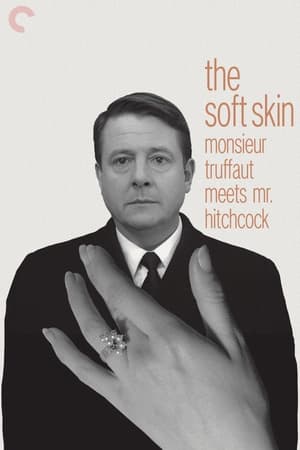 6.5
6.5Monsieur Truffaut Meets Mr. Hitchcock(en)
When Francois Truffaut approached Alfred Hitchcock in 1962 with the idea of having a long conversation with him about his work and publishing this in book form, he didn't imagine that more than four years would pass before Le Cinéma selon Hitchcock finally appeared in 1966. Not only in France but all over the world, Truffaut's Hitchcock interview developed over the years into a standard bible of film literature. In 1983, three years after Hitchcock's death, Truffaut decided to expand his by now legendary book to include a concluding chapter and have it published as the "Edition définitive". This film describes the genesis of the "Hitchbook" and throws light on the strange friendship between two completely different men. The centrepieces are the extracts from the original sound recordings of the interview with the voices of Alfred Hitchcock, Francois Truffaut, and Helen Scott – recordings which have never been heard in public before.
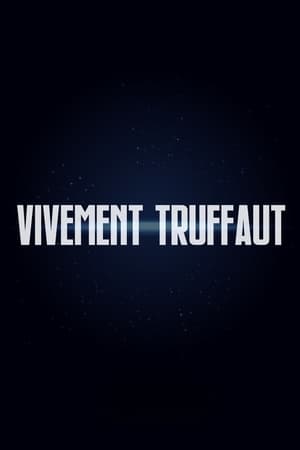 6.0
6.0Vivement Truffaut(fr)
A tribute to the late, great French director Francois Truffaut, this documentary was undoubtedly named after his last movie, Vivement Dimanche!, released in 1983. Included in this overview of Truffaut's contribution to filmmaking are clips from 14 of his movies arranged according to the themes he favored. These include childhood, literature, the cinema itself, romance, marriage, and death.
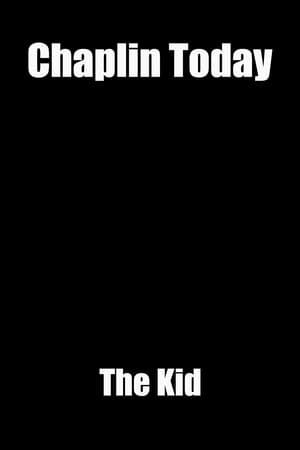 5.7
5.7Chaplin Today: 'The Kid'(en)
This documentary is featured on the two-disc Chaplin Collection DVD for "The Kid" (1921), released in 2004.
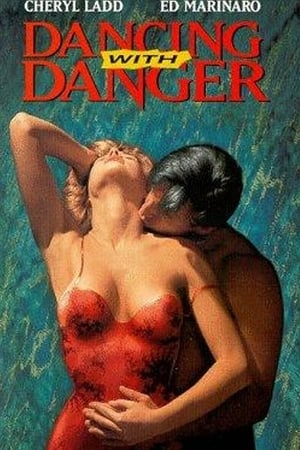 5.0
5.0Dancing with Danger(en)
A Portland taxi dancer is a suspect in a series of murders involving her former customers.
 6.3
6.3Walker, Texas Ranger: Trial by Fire(en)
Walker investigates a murder connected with a missing government weapon. In addition, he tries to track down a teen on the run from a crime syndicate.
 5.8
5.8The Long Island Serial Killer: A Mother's Hunt for Justice(en)
Mari Gilbert searches for the truth behind what happened to her daughter Shannan, a sometime escort who disappeared after a ‘date’ on Long Island. After Shannan fails to come home, her mother Mari knows something is terribly wrong. Pleading to police to take her concerns seriously, she keeps pushing the police for answers. Mari’s insistence that her daughter not be overlooked eventually leads to a horror hidden on Long Island for more than a decade – 19 bodies of young women discovered buried in shallow graves along Ocean Parkway in the area of Jones Beach State Park.
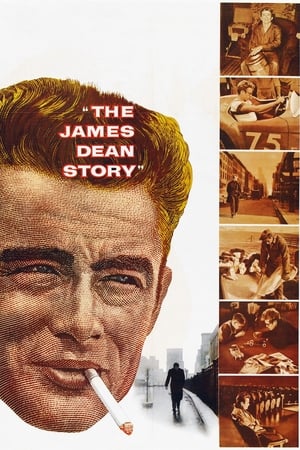 5.3
5.3The James Dean Story(en)
Released two years after James Dean's death, this documentary chronicles his short life and career via black-and-white still photographs, interviews with the aunt and uncle who raised him, his paternal grandparents, a New York City cabdriver friend, the owner of his favorite Los Angeles restaurant, outtakes from East of Eden, footage of the opening night of Giant, and Dean's ironic PSA for safe driving.
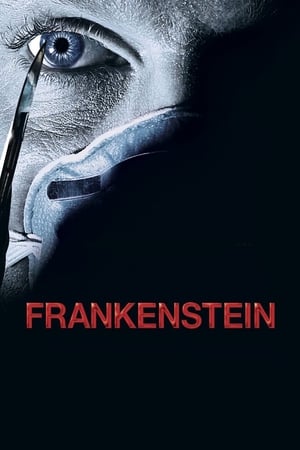 5.0
5.0Frankenstein(en)
An investigation into a serial killer leads two detectives to discover that Dr. Frankenstein and his creature are still alive after two centuries of genetic experiments.
 6.1
6.1Perfect Prey(en)
A former Texas Ranger is recruited by a Houston police captain to assist a homicide detective in the search for an elusive serial killer who collects antique dolls.
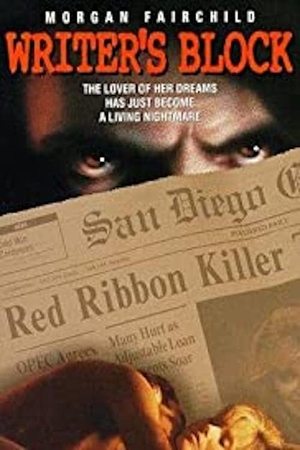 0.0
0.0Writer's Block(en)
A female writer of popular thrillers decides that it is time to kill off one of her characters, a serial killer who has appeared in many of her recent books. Soon afterward, she finds herself pursued by a copy-cat serial killer.
 7.0
7.0Murder: No Apparent Motive(en)
This documentary about serial killers and FBI Behavioral Sciences profilers features interviews with Ed Kemper and Ted Bundy as well as crime victims and law enforcement officials. The film includes some dramatic recreations.
 6.3
6.3Roundhay Garden Scene(en)
The earliest surviving celluloid film, and believed to be the second moving picture ever created, was shot by Louis Aimé Augustin Le Prince using the LPCCP Type-1 MkII single-lens camera. It was taken in the garden of Oakwood Grange, the Whitley family house in Roundhay, Leeds, West Riding of Yorkshire (UK), possibly on 14 October 1888. The film shows Adolphe Le Prince (Le Prince's son), Mrs. Sarah Whitley (Le Prince's mother-in-law), Joseph Whitley, and Miss Harriet Hartley walking around in circles, laughing to themselves, and staying within the area framed by the camera. The Roundhay Garden Scene was recorded at 12 frames per second and runs for 2.11 seconds.
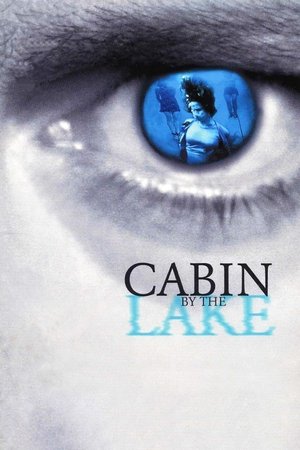 5.1
5.1Cabin by the Lake(en)
A screenwriter does research for his new script by actually kidnapping and drowning young girls. He then places them in his "garden" of other dead girls coming back daily to check on them. One girl narrowly escapes and the other bodies are found leading to an ingenious plot to try and capture the killer.
Neonnächte - Der U-Bahn-Schlitzer(de)
A new case for the energetic criminal investigation officer Beate Stein: The half-undressed corpse of a subway driver is found in a subway tunnel. It soon seems as if the perpetrator has been found in a convicted female murderer. But after his death, the murders continue ...
 5.0
5.0Okay for Sound(en)
This short was released in connection with the 20th anniversary of Warner Brothers' first exhibition of the Vitaphone sound-on-film process on 6 August 1926. The film highlights Thomas A. Edison and Alexander Graham Bell's efforts that contributed to sound movies and acknowledges the work of Lee De Forest. Brief excerpts from the August 1926 exhibition follow. Clips are then shown from a number of Warner Brothers features, four from the 1920s, the remainder from 1946/47.



